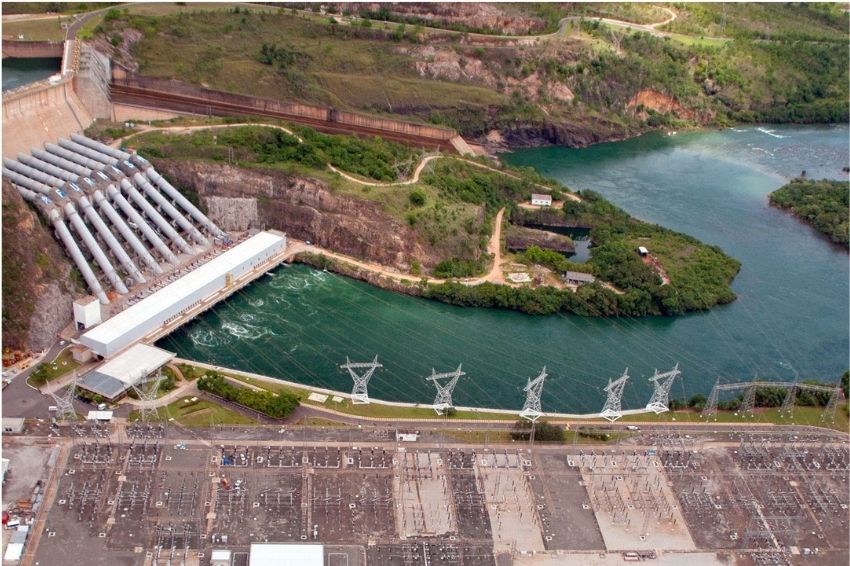After facing a long period of irregular rainfall, forecasts for the second half of this year are already worrying the Brazilian electricity sector, with the latest meteorological updates indicating the return of the “La Niña” phenomenon.
The climatic event, which consists of a cyclical change in the average temperatures of the Pacific Ocean, is responsible for effects that result in the formation of droughts in Brazil, especially in the South region, where the country's main reservoirs are located.
Ana Ávila, researcher at Cepagri (Meteorological Research Center) from Unicamp highlights that the phenomenon, despite Although it does not appear to be as intense as on other occasions, it should once again influence the rainfall regime.
“There is a great possibility that this phenomenon, even if weak, will bring greater uncertainty regarding the resumption of rain in the spring season, between the months of September and December”, he commented.
Bernardo Marangon, specialist in electricity markets and director of Exata Energia, explains that the possible arrival of the La Ninã phenomenon brings more concern to the sector, considering that this phenomenon tends to reduce rainfall in the Paraná River basins during the humid period. .
“The big concern is that this will disrupt the wet period and that there will be less rain where we need it most, leading to lower flow in the main basins and, consequently, more problems from next year onwards”, he stated.
Marangon highlights that, although it is still too early to confirm the phenomenon and a possible worsening of the current situation, the ideal would be for incentive programs to be planned for energy generation sources with rapid implementation, if a more critical scenario arises. carry out in order to minimize impacts.
“From the point of view of a possible water crisis, the ideal would be that the incentive movements from sources with rapid implementation, in the case of Distributed Generation, were already being done now, as even these small projects require time to build”, he said he.
Water crisis
Brazil is currently experiencing the biggest water crisis in the last 91 years, with critical levels of water reserves in its strategic reservoirs. The problem has been spreading since October last year.
In the meantime, the Federal Government has already needed, for example, to import energy from neighboring countries, such as Argentina and Uruguay, and approve orders for the activation of thermoelectric plants to ensure that there are no energy shortages.
According to data from the ONS (National Systems Operator), the reservoirs of the plants in the Southeast/Central-West subsystem have been operating at critical levels for more than a month, with less than 30% of their capacity. The complex is responsible for around 70% of the country's energy reserve.
















